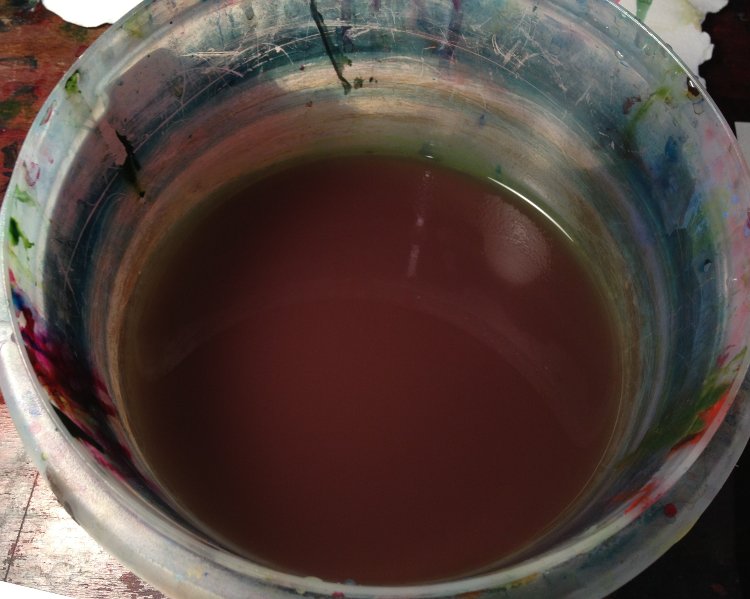4 Reasons Your Watercolor Paintings Are Muddy
Watercolor Painting Lesson
by Jennifer Branch

Come on, you really expect to get pristine clear flower yellows with this?
Painting Lesson Level
Skill Building
Use more pigment!
Disclaimer: Jennifer Branch Gallery is a participant in the Amazon Services LLC Associates Program, an affiliate advertising program designed to provide a means for sites to earn advertising fees by advertising and linking to amazon.com. I receive a small rebate for your entire order (starting at 4%) if you choose to purchase through Amazon. Most items can be bought multiple places and I highly recommend local art stores if you have one! Any other recommendation links I receive no compensation for.
These referrals help me support this website, and I thank you for any purchase you make through them. I will never recommend a product I have not used frequently and believe is the best tool for the purpose!
Use clean water and clean your palette with every painting.
2. Not waiting for one wash to dry before you slap on another.
Try letting colors bleed together on your paper instead of mixing on your palette.
If you're a beginner - mix a maximum of three colors together to start, then let it dry completely before you add more paint.
3. Not using enough pigment.
Use enough water and pigment for strong colors.
4. Last but not least, student or low quality paints.
Low grade paints have very little pigment and a lot of filler or kaolin (clay or well, mud).
If you're painting with mostly mud, how could you not get muddy paintings!
Use good quality paints - I promise you'll use less and get much better results! Good brands are M. Graham, Daniel Smith, Schminke, etc.


